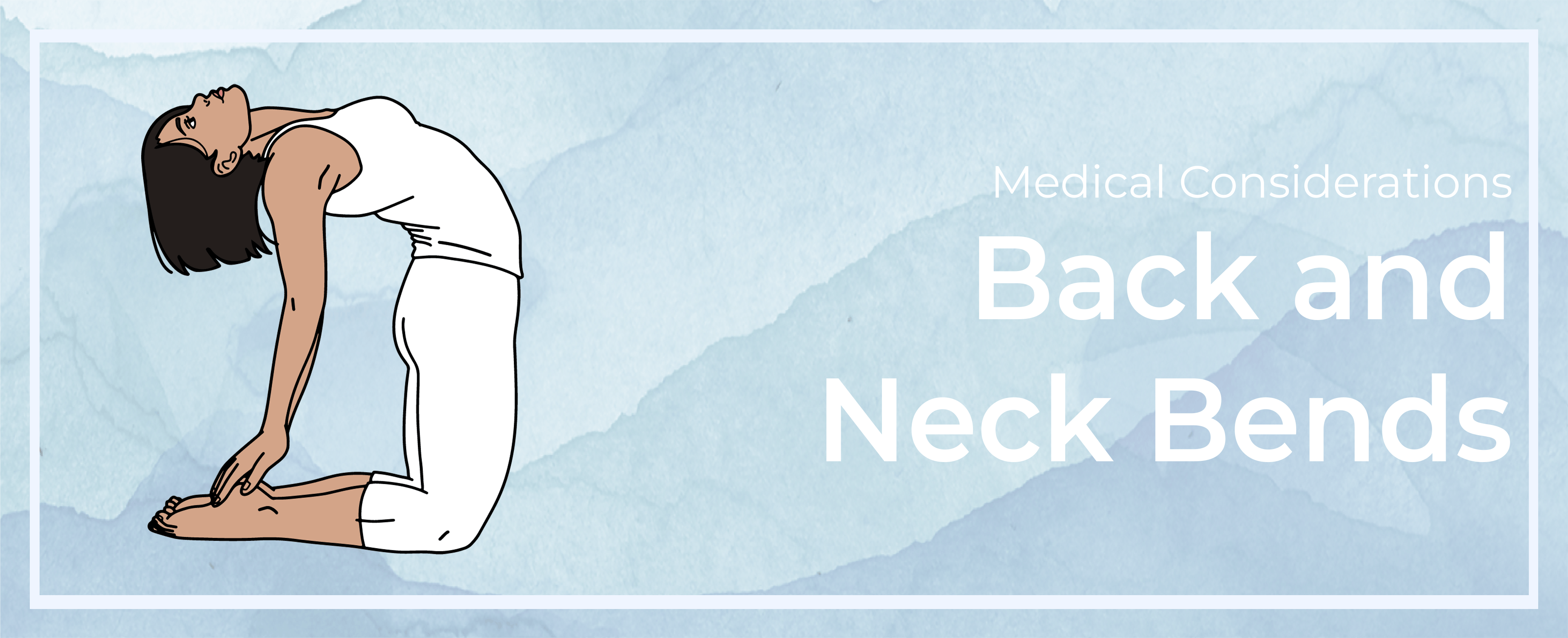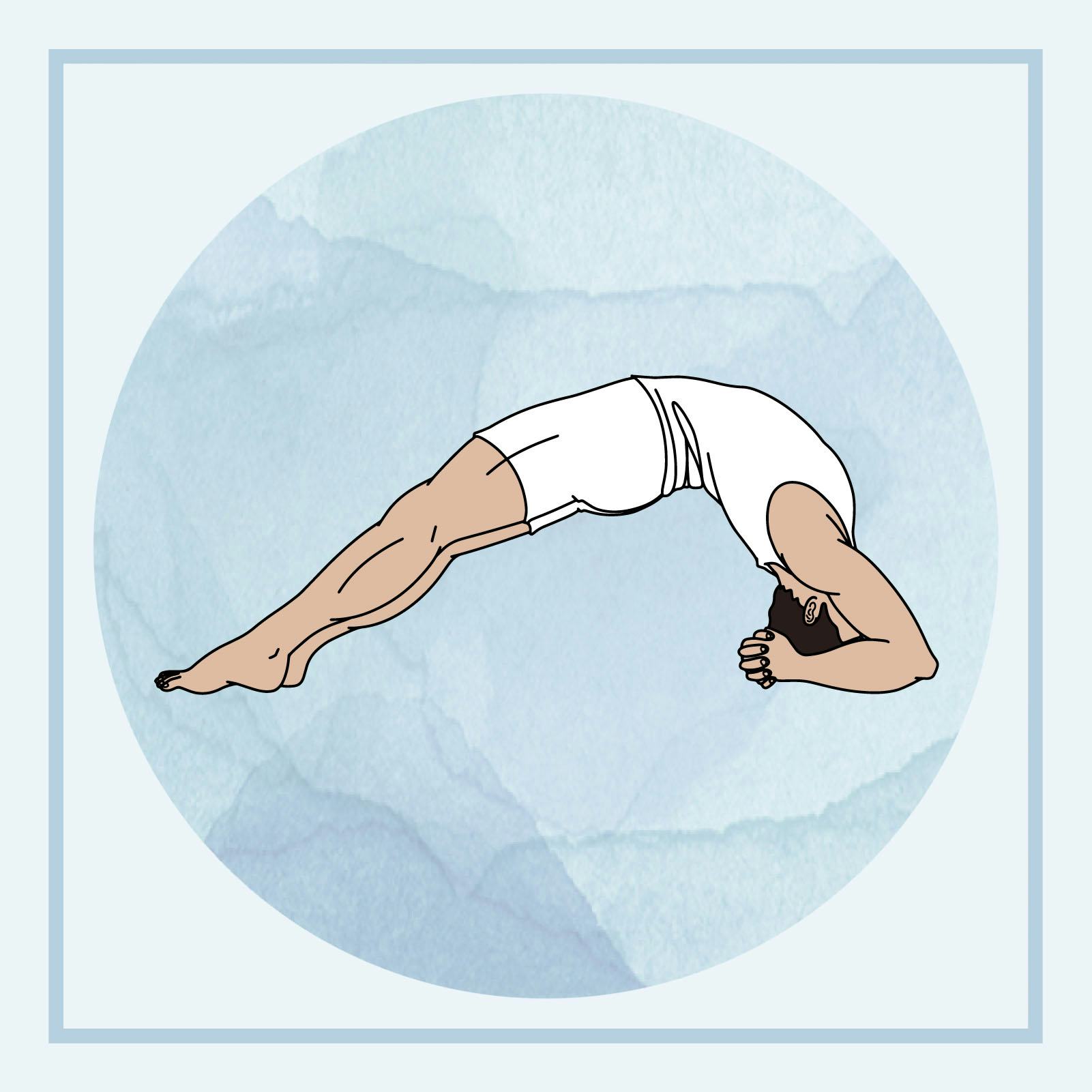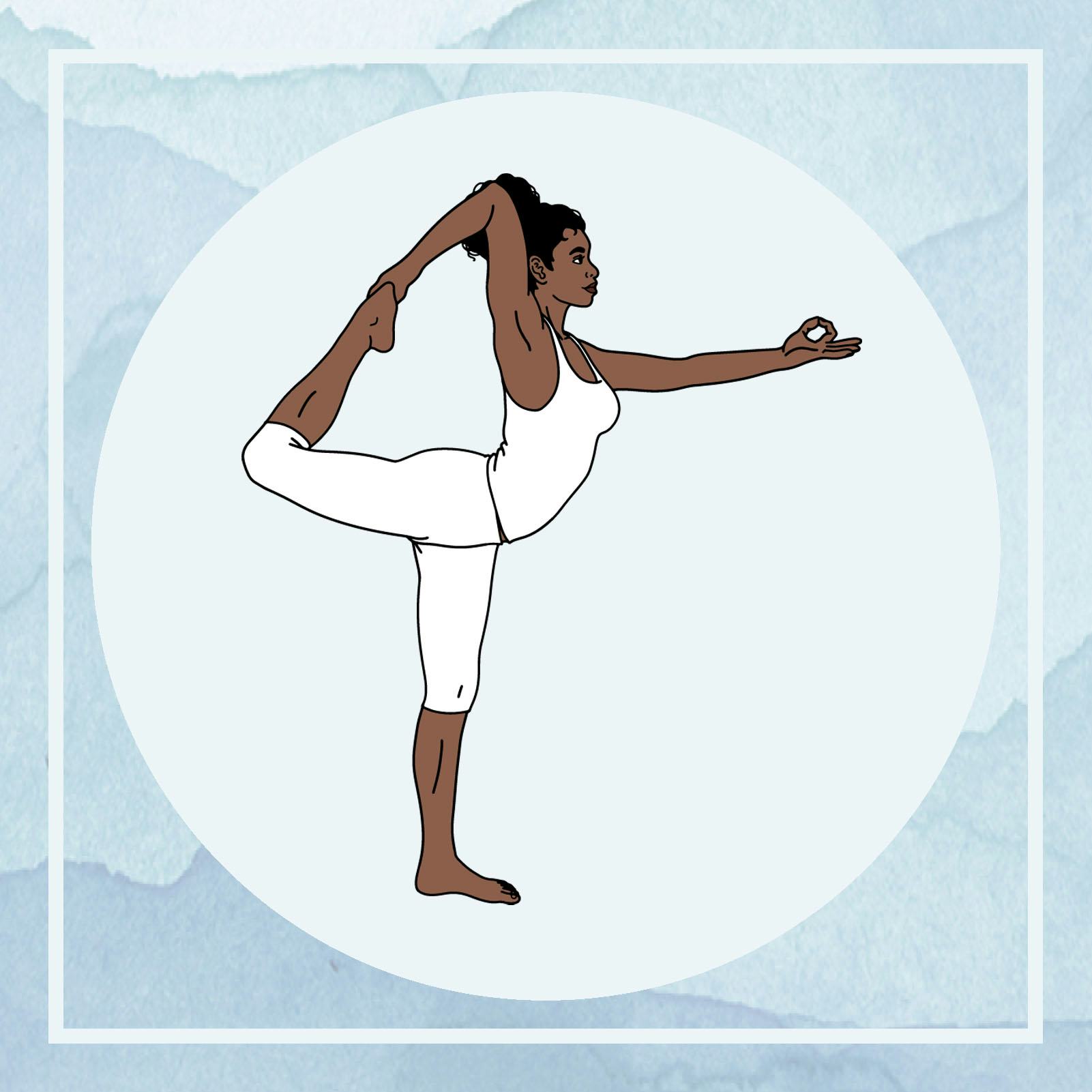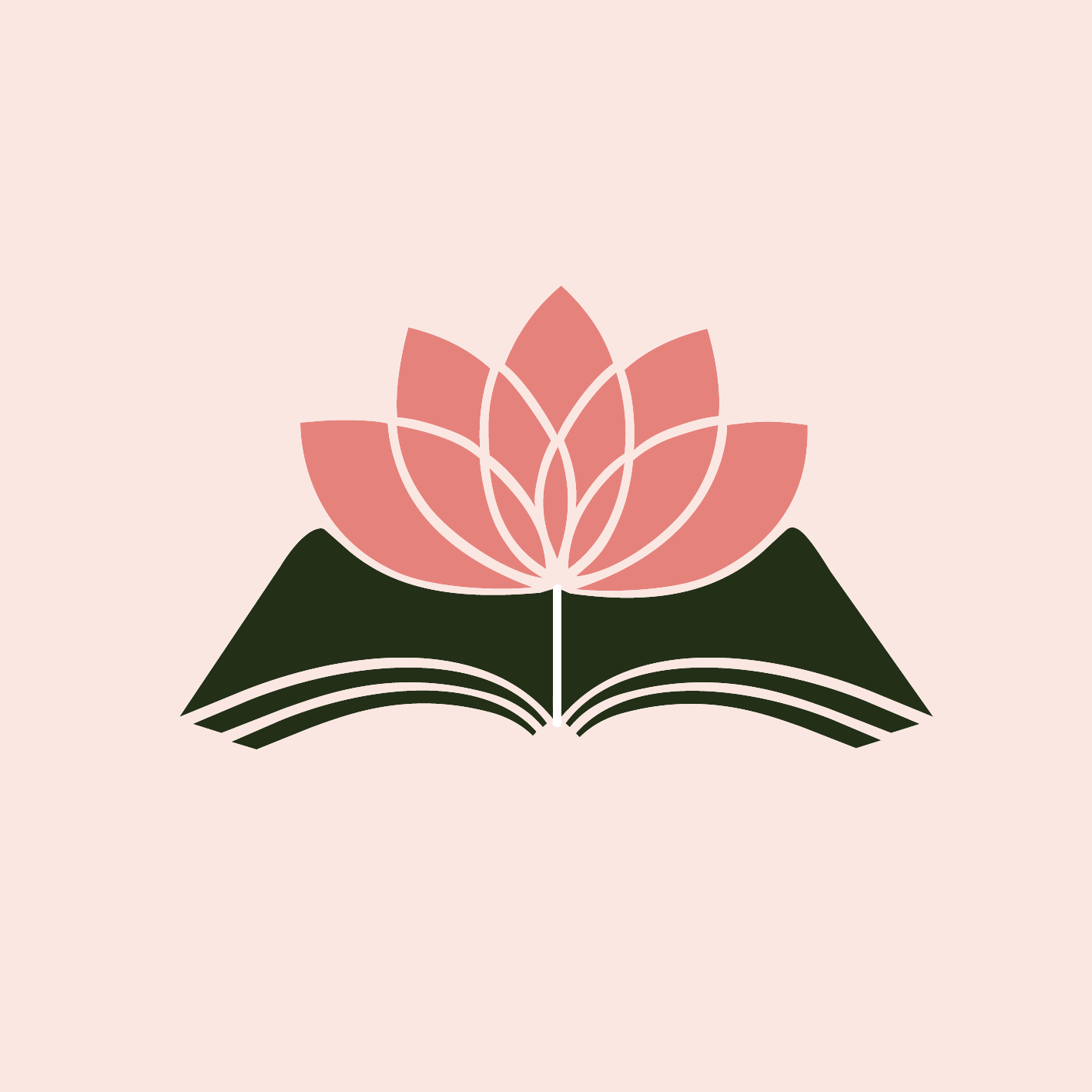Medical Considerations for Poses with Back Bends or Neck Bends
Asana Focus: Back Bends and Neck Compression

Description of Physical Action of Extension of the Spine
Extension of the spine is the backward movement of the head and upper trunk while the spine curves convexly forward; it takes place in the saggital plane. In the cervical region (neck), extension increases the normal forward curvature by tilting the head back, bringing the occiput toward the seventh cervical vertebrae. In the thoracic region (upper back), extension decreases the normal backward curvature by straightening the upper portion of the back. In the lumbar region, extension increases the normal forward curvature by tilting the pelvis forward and/or bending the trunk backward. It is important for yoga teachers and students to familiarize themselves with safe and effective practices for asana that focus upon back bending. Backward bending poses can be done from prone, supine, standing and side-lying positions. They can be unsupported or supported with props, such as blankets, bolsters, and chairs.
- can produce a strong cardiovascular effort
- create extension in the spine, particularly in the lower back
- stretch the soft tissues of the front of the neck, chest, abdomen, and upper thighs/font of the body while in the pose
- practiced regularly, may have the capacity to strengthen:
-the back body muscles along the spine that produce an extension/backward bending from the base of the skull to the tailbone
-muscles of the buttocks that extend the thigh behind the pelvis buttock
-muscles of the abdominal wall, psoas, and upper thigh through an eccentric co-contraction with the back body muscles to support the spine
-muscles in the front and along the sides of the neck through an eccentric (lengthening) co-contraction with muscles contracting concentrically in the back of the neck - have been demonstrated in the medical literature to improve posture in those with excessive thoracic kyphosis (humped appearance to the upper back)

Valued experience over centuries of practice, and historically described benefits of back bending asanas:
- May massage the endocrine system, the abdominal organs, and the adrenal glands, which can help stimulate the digestive system
- There is a potentially empowering psycho-emotional experience due to the widespread muscular effort, and for some of the asana, courage in moving into the depth of the positions.
- The strong engagement of the back body, which has less sensory input, cultivates more body awareness of the back body
- May remind us of the inherent support of our spiritual koshas

Potential contraindications:
Variations are recommended for:
- Back bends in a prone position would not be recommended in pregnancy, recent abdominal surgery, or in people with ostomy bags.
- Backward bending closes and compresses the space in the (facets) joints of the spine in a way that may irritate neck and back pain conditions sensitive to looking up leaning back or using arms above chest level for long periods.
- People with heart disease, high blood pressure, stroke, or glaucoma, as blood pressure may increase too significantly with the strong muscular co-contraction in the torso
- Dizziness may occur for some people, which would signal a need to make sure breathing is continuing through the effort. If remembering to breathe does help, one should come out of the position and try another variation.
- Students with a history of shoulder dislocation, some of the asana in this category that move the arm deeply behind the body (extend the shoulder) may benefit from choosing a variation

